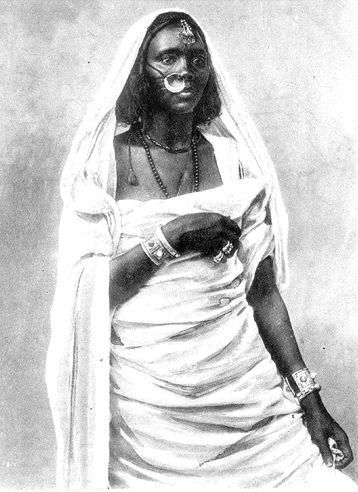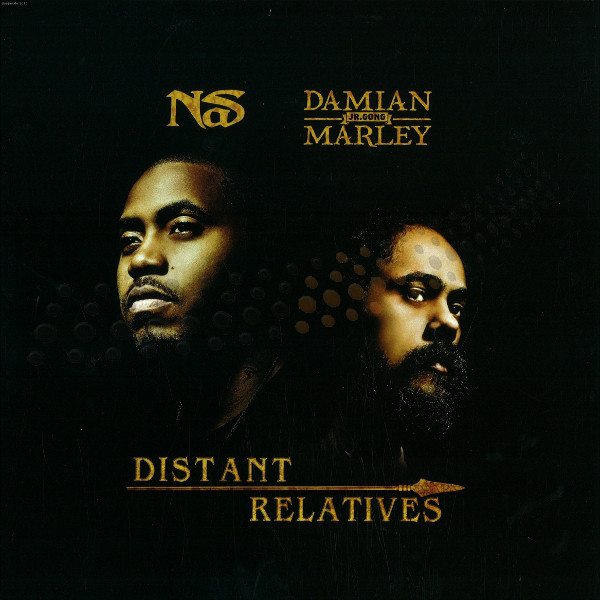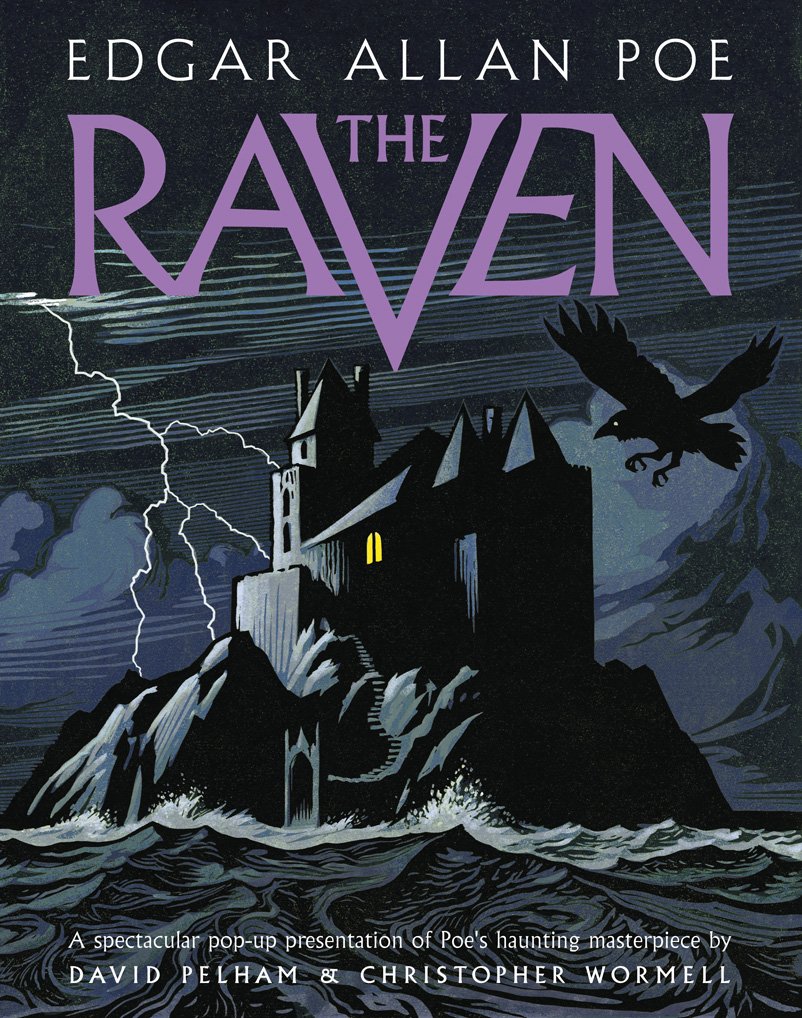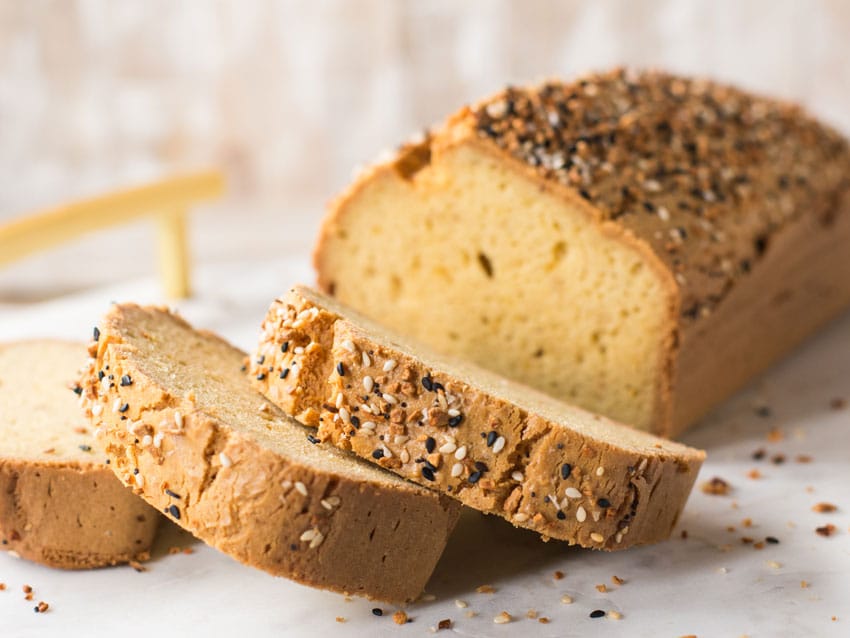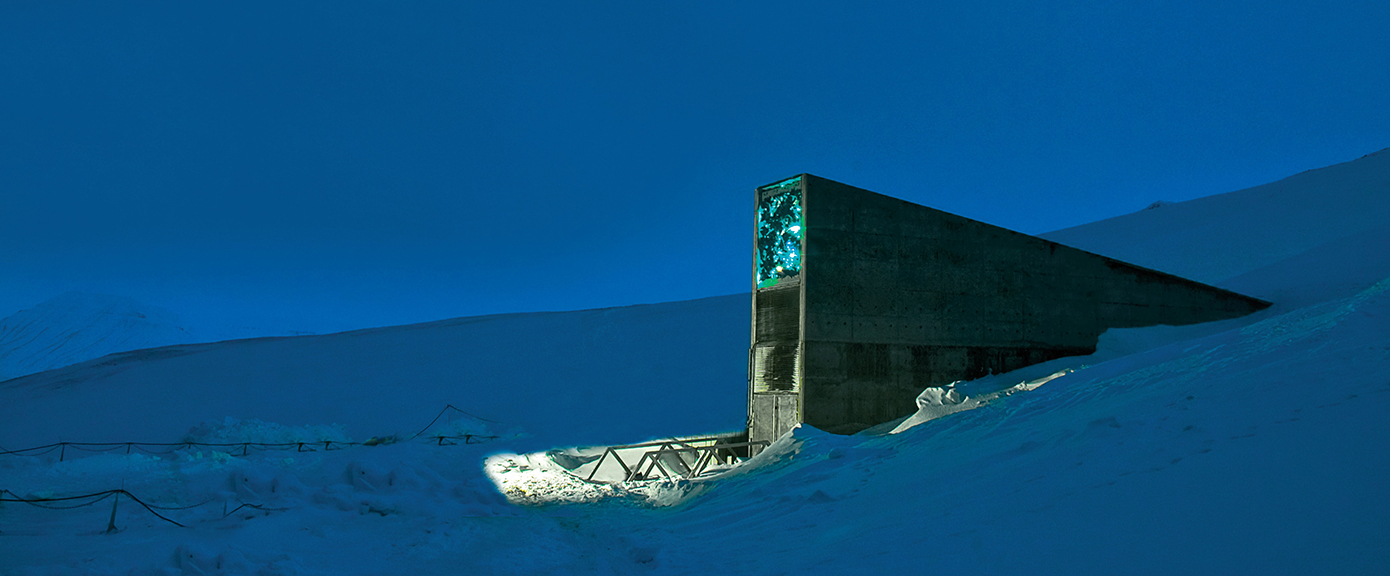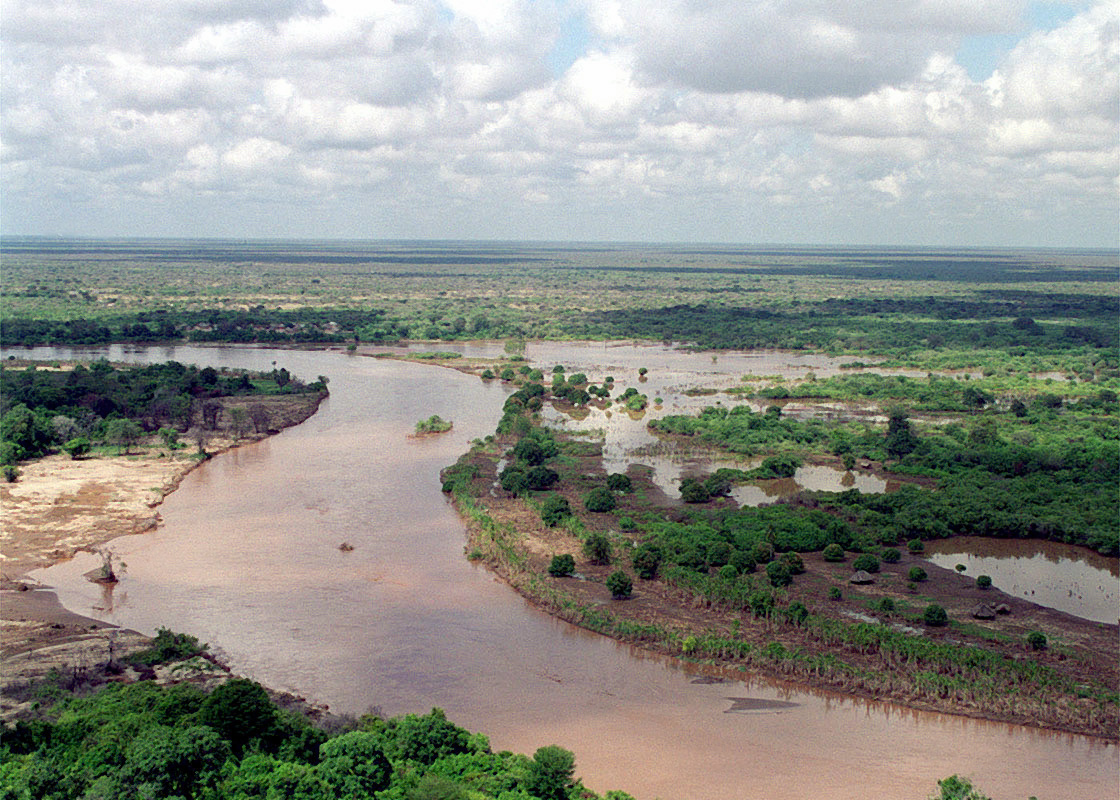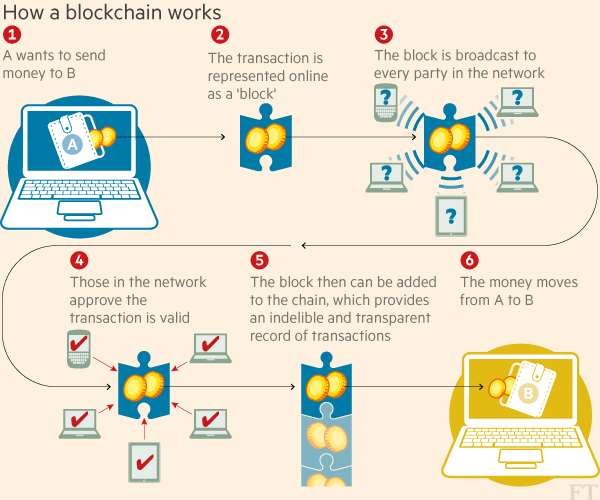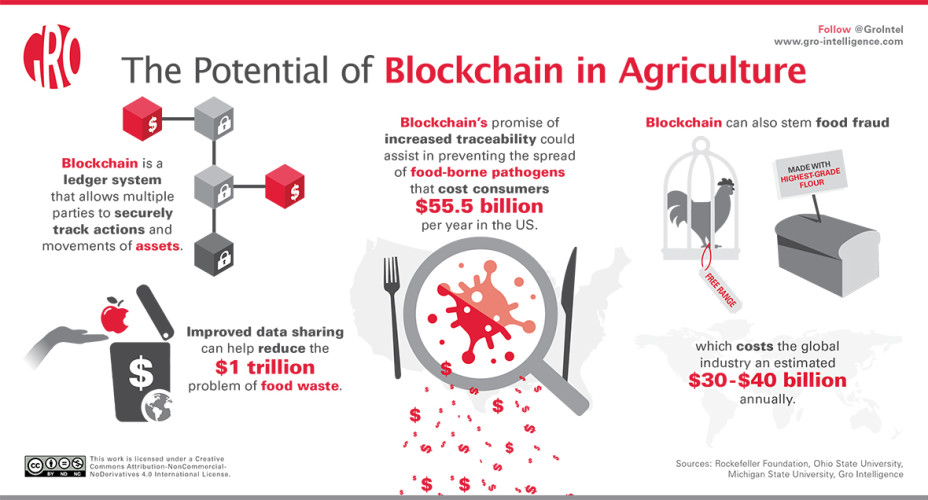Sambo started reading:
“A merry Christmas, uncle! God save you!” cried a cheerful voice.
It was the voice of Scrooge’s nephew, who came upon him so quickly that this was the first intimation he had of his approach.
“Bah!” said Scrooge, “Crap!”
“At this festive season of the year, Uncle, ” said the gentleman
“It is more than usually desirable that we should make some slight provision for the Poor and destitute, who suffer greatly at the present time. Many thousands are in want of common necessities; hundreds of thousands are in want of common comforts, Uncle.”
“I wish to be left alone,” said Scrooge.
“ I don’t make merry myself at Christmas and I can’t afford to make idle people merry. If they would rather die, they had better do it, and decrease the surplus population”.
Scrooge went straight to bed, without undressing, and fell asleep upon the instant.

Sambo stopped, for a minute, and looked at Zole.
She was seated at the green couch, lovingly rubbing her baby bump. She was very fond of doing this, and took smiled her charming Nubian smile whenever she did so. Feeling Sambo’s stare, she looked at him and shot:
“I don’t get it Sambo, who is this Scrooge guy, and who is his nephew?”
Sambo, liked such questions. He was fond of explaining things and learning along the way too. It was partially how he had come to speak all the languages he could. He touched the scars on his forehead, his gaar, as if counting them one by one. Then, he responded:
“This Dickensian story is a classic tale of redemption, how a man can redeem himself of his sins. In our case, however, Scrooge is not just a man. No, Zole, Scrooge is the government. And he is sleeping on his job.
And his nephew, those are the well-meaning citizens. As for the poor, they are the many Kenyans in need of food and jobs. These are the basic necessities and comforts of life we all desire…
…These Christmas festivities they are talking about, that’s agricultural research. While everyone else, other governments are in a festive mood and investing in it, our government would rather sleep, Zole.”
Zole resumed patting the bump and asked him to carry on. She was listening, she said.
He moved away from the bookshelf and sat at his brown couch.
“Only one thing Sambo, how can a person such as Scrooge be redeemed?”
He took a deep breath before answering:
“As you know Zole, I like the Japanese people. They have this wonderful saying that, ‘Unless an idiot dies, he won’t be cured'”
She responded:
“I guess that is what must happen to Scrooge then. I remember what you told me about the ghastly ghosts of Gedi Ruins“.
“Yes, Zole, only death will redeem him. Let me tell you something about the 3 ghosts that come afterward”:
He then flipped a couple of pages, and resumed his reading:
When Scrooge awoke, it was so dark. The curtains of his bed were drawn aside. Scrooge, still half asleep, found himself face to face with the unearthly visitor who drew them:
It was a strange figure—like a child: yet not so like a child as like an old man, dwarved to child-like proportions. Its head was flaming, and its body looked like a candle stick.
“Who, and what are you?” Scrooge demanded.
“I am the Ghost of Christmas Past.”
“Long Past?” inquired Scrooge:
“No. Your past.”

At this point, Sambo stopped reading and looked at Zole. She stared right back, intent on hearing what he had to say next:
“You see Zole, we come from somewhere. Scrooge has not always been as anti-Christmas festivities as he is today. That ghost, will take him to a past in which Christmas still meant something to him. To a past where the agricultural R&D meant more.”
She beckoned him to read on:
“Rise! and walk with me!”, the Ghost of Christmas Past said to Ebenezer Scrooge.
“I am a mortal,” Scrooge responded, “and liable to fall.”
“Worry not, for I am with you,”
As the words were spoken, they passed through the wall, and stood upon an open country road, with fields on either hand.
“Good Heaven!” said Scrooge, clasping his hands together, as he looked about him. “I was bred in this place. I was a boy here!”
They stood in front of a gate labeled: “Kenya Agricultural and Livestock Research Organization”.
They walked within the compound and then the the Ghost stopped at a certain warehouse door and asked Scrooge if he knew it. “l Know it!” said Scrooge. “I was fed and watered it myself. In return, it educated, and fed, and clothed me!”
They went in.

The sight of an old man in a lab coat and sitting behind a grey microscope stirred Scrooge. He cried in great excitement:
“Why, it’s old Agro Researcher! Bless his heart; it’s Researcher alive again!”
The Old Researcher stood up, and went towards a chart which indicated all the varieties of crops they had isolated at the center. He, then, went towards an old CRT screen and switched it on. In it, between continuously moving horizontal lines, were pictures of smiling farmers in the then productive cotton and sugar industries. The economy was growing.
He switched it off.
Then, he waltzed back to near his microscope and opened a folder whose cover was written: The Kenya National Bureau of Statistics. It was dated sometime in the 1980s. The Kenyan population was around 20 million. The funding for agricultural research, extension and promotion as a portion of the national budget was around 11%.
That was quite respectable compared to the less than 5% it presently is, against a population fast approaching 50 million.
“Spirit!” said Scrooge, “show me no more! Conduct me home. Why do you delight to torture me?”
“Spirit!” said Scrooge in a broken voice, “remove me from this place.” “I told you these were shadows of the things that have been,” said the Ghost.
“That they are what they are, do not blame me!” “Remove me!” Scrooge exclaimed, “I cannot bear it!”
“Leave me! Take me back. Haunt me no longer!”
In the struggle, Scrooge observed that the Ghost had an extinguisher cap. By sudden action, he grabbed and pressed it down upon its head with all his force.
The ghost was vanquished, and Scrooge fell back into a deep slumber.

Sambo stopped reading. He was now sweating, as if the ghost in the book was haunting him too. Then, he started speaking to Zole:
“Dementia! Selective amnesia! Scrooge is willfully extinguishing the past. He does not want to look back at what our agricultural research once was. He does not want to explain himself as to why these industries have collapsed. And, dear Zole, that is the Christmas as KALRO alone. I haven’t touched JKUAT and Egerton”.
Zole, turned her face towards him and asked:
“What about the Ghosts of Christmas Present and Christmas Future?”
He closed the book, stood up, and took her hand again. Then, he led her back to the balcony:
“It is too late for that now, let’s go watch the Christmas lights first, shall we?”












